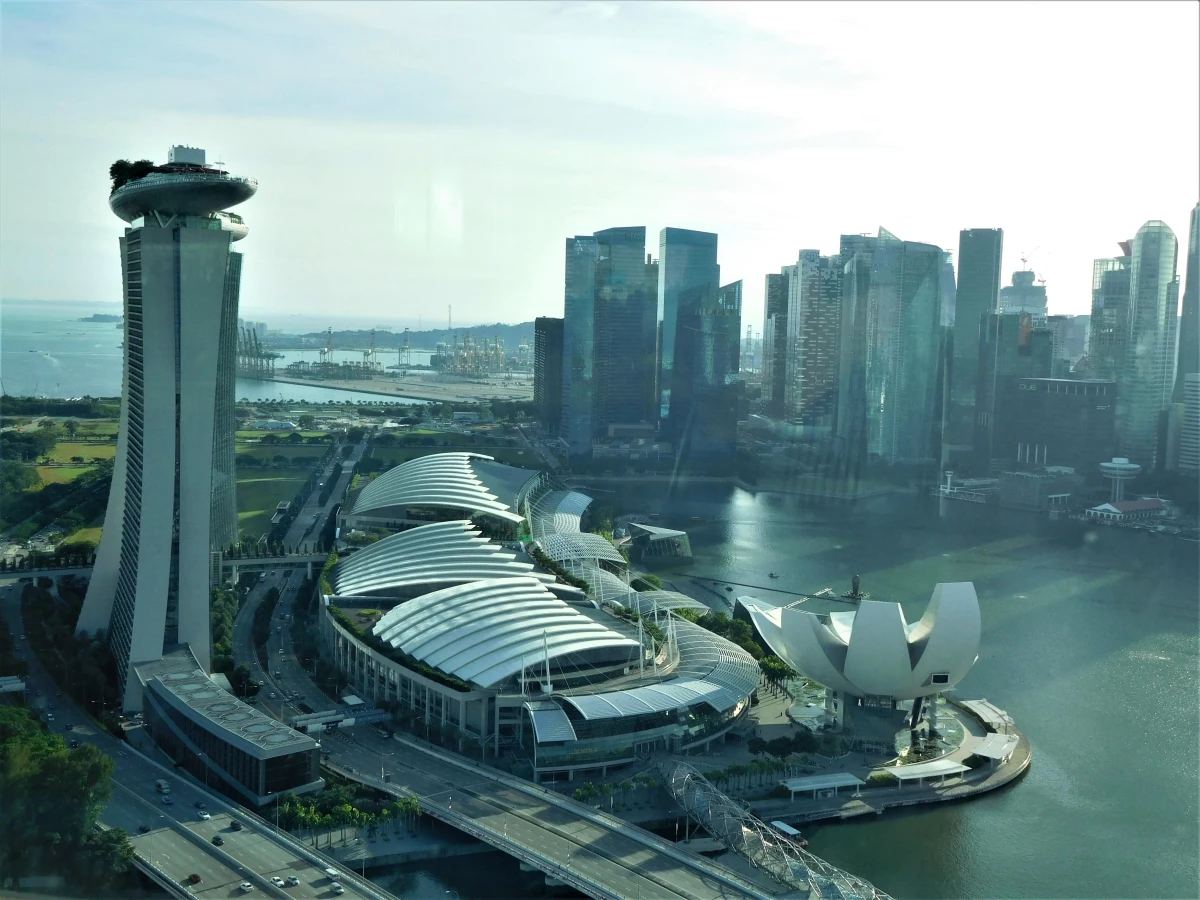The best-preserved Carthusian Monastery in England – Mount Grace Priory
BRIEF HISTORY
Mount Grace Priory was founded during the Middle Ages in 1398 by Richard II’s nephew Thomas de Holland and was one of nine Carthusian monasteries in England where monks more or less lived withdrawn and solitary lives.
The monastery had 25 individual cells that the monks used as sleeping quarters, each with their own small garden. Here they would spend the majority of their time according to a strict timetable.

Mount Grace Priory prospered up to the Reformation, the time of Henry VIII’s reign. It was one of the last monasteries in Yorkshire to be suppressed in 1539, which saw the monks leaving and joining other charterhouses.
After the suppression Mount Grace Priory was leased and changed many hands over the years. Eventually, in 1616 it was passed to Grace as part of her marriage settlement from her granddad Ralph Rokeby. Her husband Lord Darcy of Knayth altered the use of the priory and turned it into a mansion and residence. Mount Grace would be a residence with different tenants for over 200 years.

In 1898 the estate was sold to the industrialist Sir (Isaac) Lowthian Bell, he and his family would be the last residents of Mount Grace Priory. The Society for the Protection of Ancient Buildings approached the family to discuss the future of the ruins of the charterhouse and its preservation and conservation. Luckily, Sir Lowthian Bell had an interest himself in protecting the ruins of the best-preserved Carthusian monastery and undertook some of the repair works and stabilisation of the ruins in1900. The Bell family owned Mount Grace Priory until 1953 and in 1955 it was placed in the care of the National Trust, which works together with English Heritage nowadays to care for the site.
HOUSE AND RUINS
Mount Grace Priory is an open plan site and visitors can wonder around the grounds freely to explore the ruins. The remains of the monastery are clearly visible and there are information posts that give you a good understanding what the building must have looked like and what it was used for. The most prominent feature of the monastery building still standing tall must be the tower.


To the back of the grounds are reconstructed monk’s cell. These are the rooms where the Carthusian monks used to live and work. They are truly basic. Adjacent to the cells is also the monk’s cell garden. Here the monk would have planted herbs, vegetable and flowers to use for anything from cooking to making medicinal remedies. Certain plants could actually be used to make candles, which I thought was super interesting as normally you would use bee wax of course.

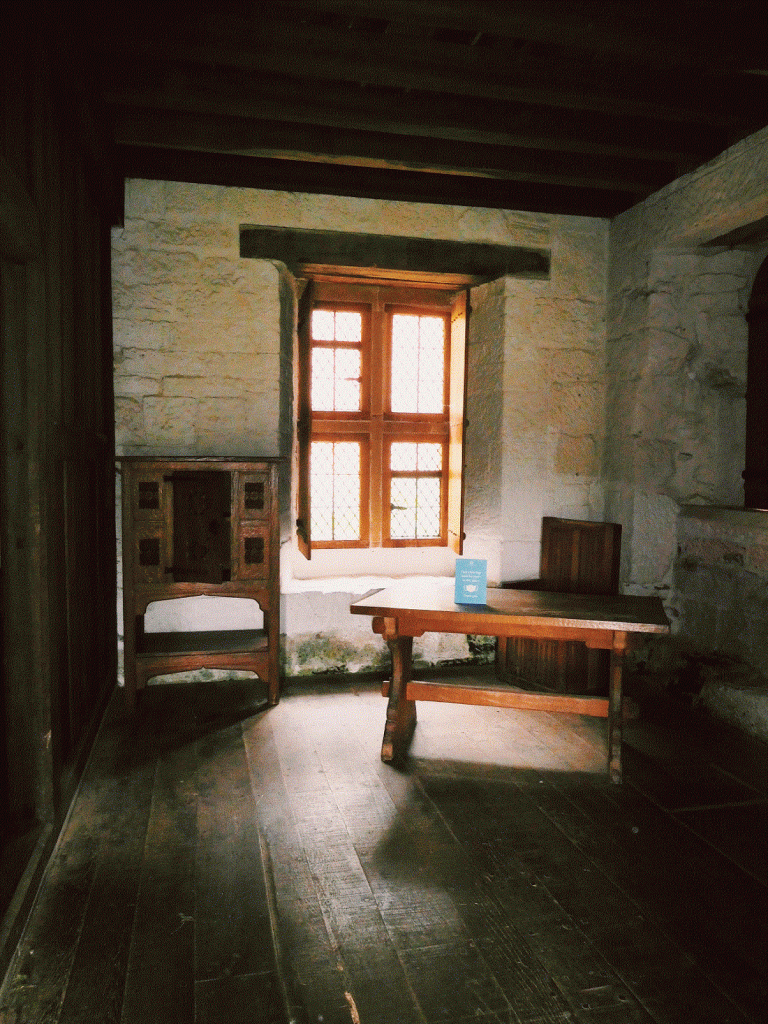

Apart from exploring the ruins, normally visitors can also look around the manor house. This was sadly closed during my visit due to Covid. I can imagine though that it must look grand inside just by seeing the entrance as the visitor shop is located in the manor house, which was open.

GARDENS
The best part of my visit must have been the garden though. There were several plants and flowers that I haven’t seen before and it was just so colourful and beautiful. My partner and I liked the garden so much we took a second stroll around it. At the moment there is a one way system still in place.
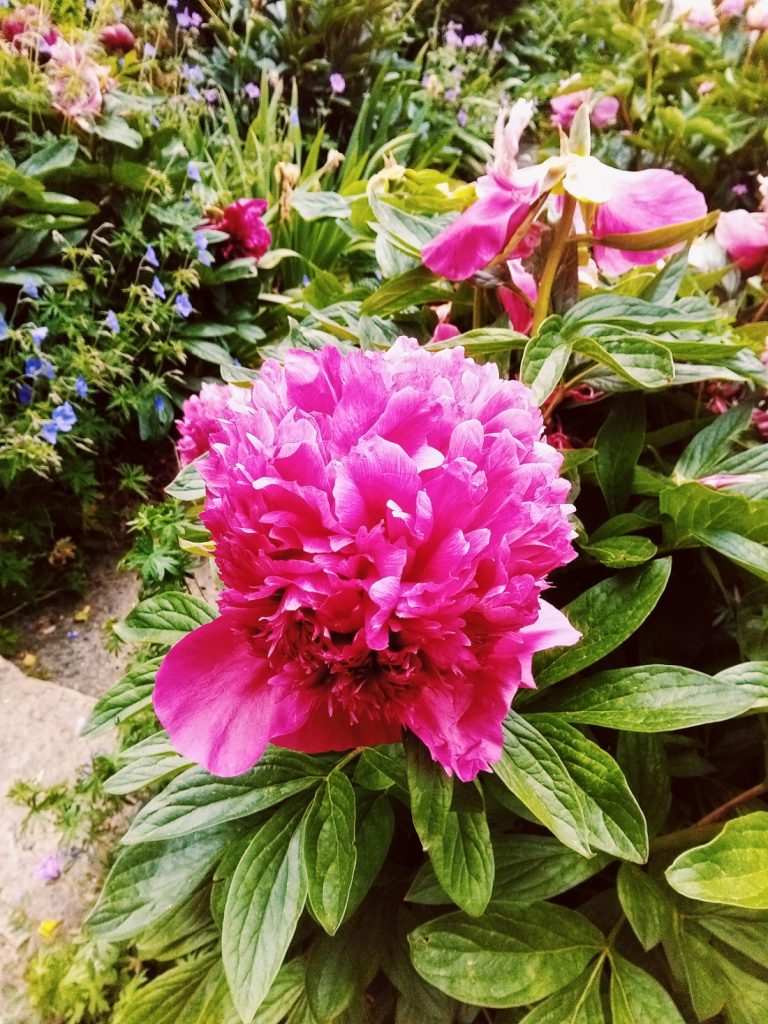
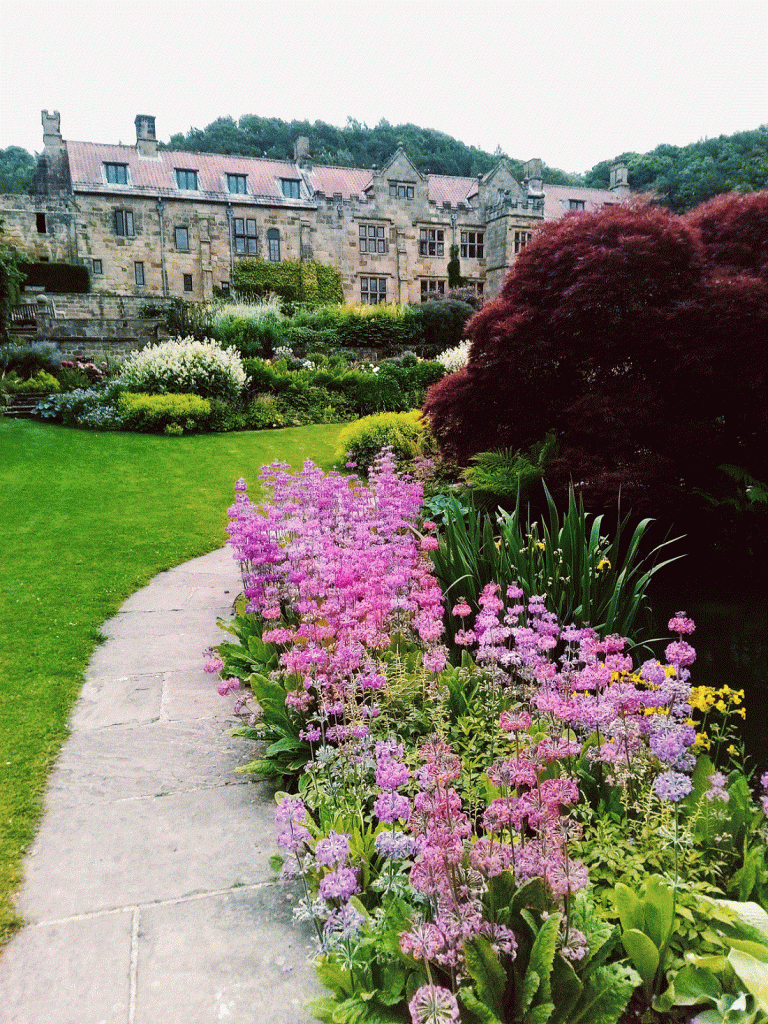

The 13 acres garden has been planted and finished more or less recently and is in the Arts and Crafts style designed by award winning gardener Chris Beardshaw. It’s a beautiful garden and in full bloom right now with so many different varieties, just stunning.
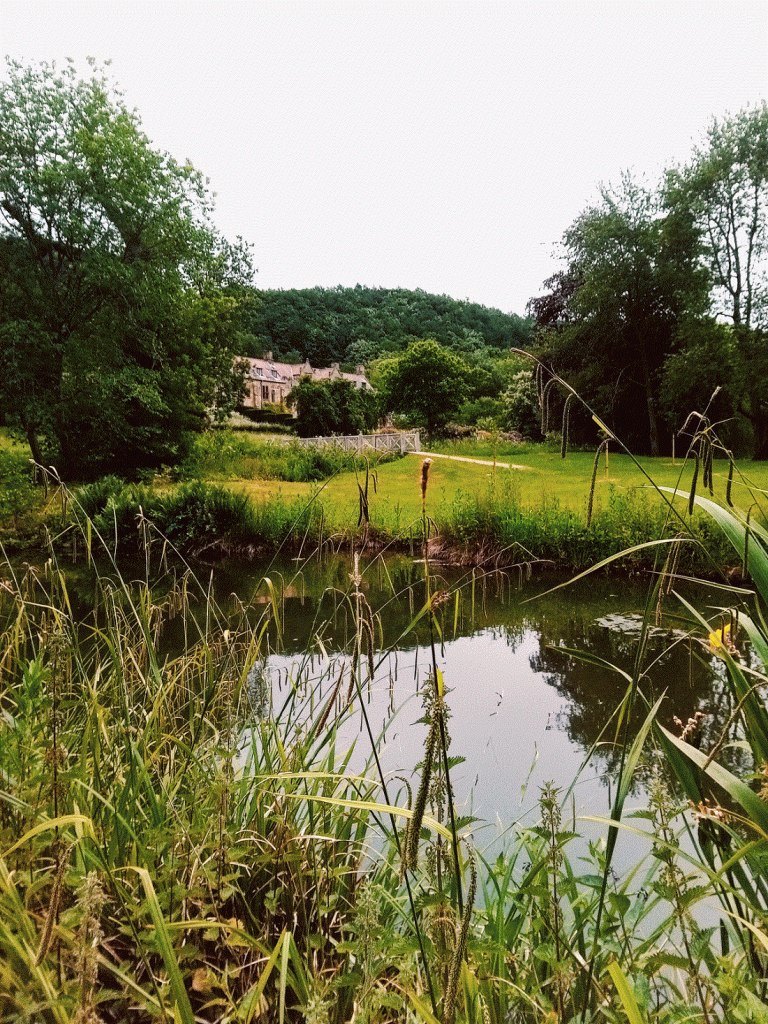

Apart from the well maintained and manicured garden, there is also a meadow and orchard with a range of apples to get lost in and a cute little lake that geese, swans and ducks call their home. Just watch out for all that poo! 🙂
FINAL THOUGHTS …
I thoroughly enjoyed my time at Mount Grace Priory and the garden was certainly the highlight of my visit. Although the monastery is in ruins, it certainly is a sight to marvel at considering the setting and landscape it sits in.
I would have loved to see the manor house, but just seeing the garden and taking a walk around the grounds was absolutely worth a visit.
I saw many elderly visiting and spending time in the orchard as they had lovely picnic tables there to take some lunch. Of course there is also a cafe on site and a shop. As we were in Yorkshire, I bought some delicious Yorkshire Brack from the shop, a cake filled with plenty of raisins and currants, it was soooo yummy.
- Opening times: 10 am to 5 pm
- Admission: Adults £11, Children (5-17 years) £6.60, Concession £9.90
- For more information please visit: English Heritage Mount Grace Priory
- How to get there: By car – Staddlebridge, Northallerton, North Yorkshire, DL6 3JG. By Train – The closest train station is Northallerton (6 miles). It’s recommended to take a bus to Osmotherley and walking from there (4.5 mile walk).



